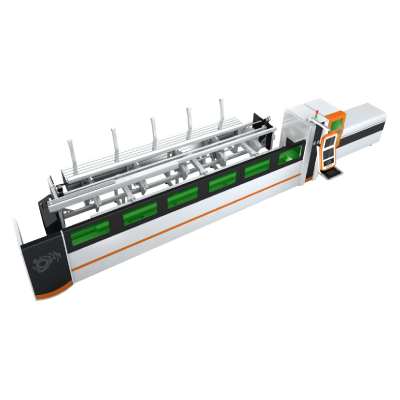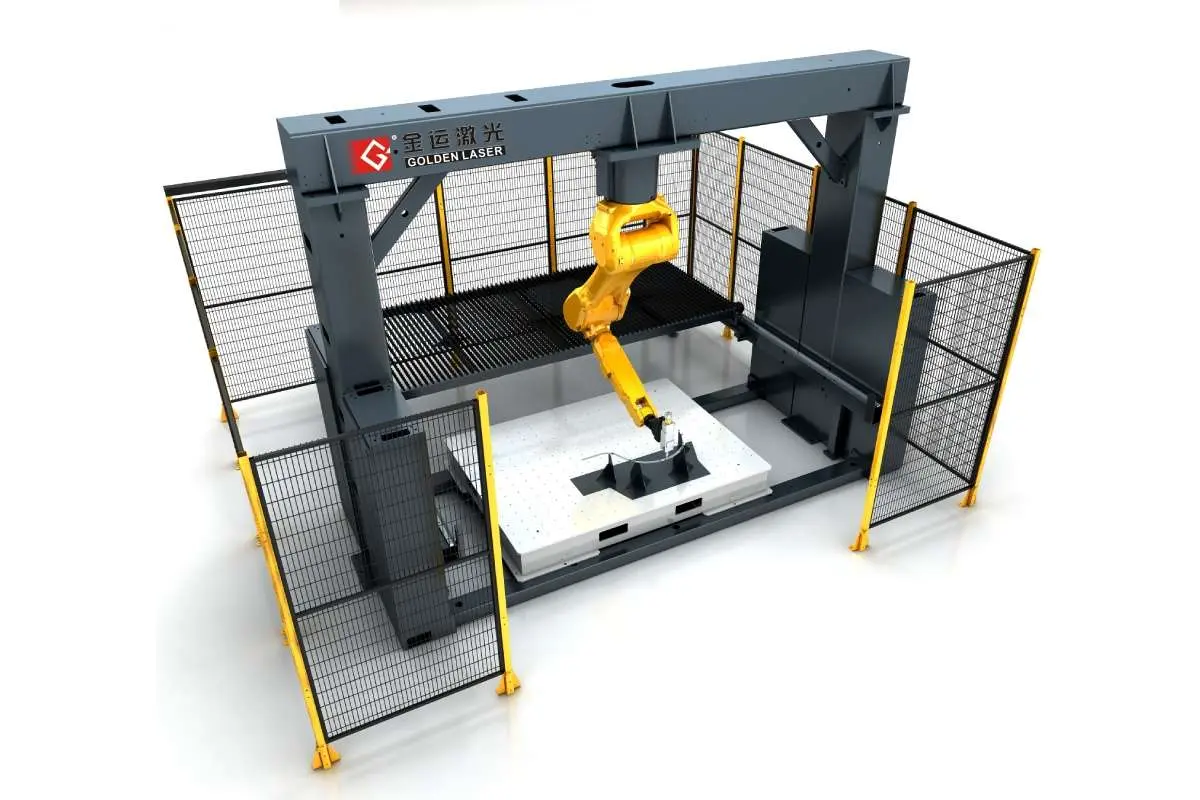
Revolutionizing Fabrication Techniques with Fiber Laser Cutting Technology
Fiber laser cutting technology has revolutionized the way manufacturers and fabricators approach cutting processes. This innovative technology utilizes a high-powered laser beam to melt or vaporize materials with precision and accuracy. Unlike traditional methods such as plasma cutting or water jet cutting, fiber laser cutting offers several advantages that make it a preferred choice for a wide range of applications.
One of the key benefits of fiber laser cutting is its exceptional precision. The high-energy laser beam can cut through materials with incredible accuracy, leading to clean and smooth edges without the need for additional finishing processes. This level of precision is particularly crucial in industries where tolerances are tight, such as aerospace or electronics manufacturing.
Furthermore, fiber laser cutting is a highly versatile process that can be used on a variety of materials, including metals, plastics, composites, and even reflective surfaces like copper or brass. This versatility makes fiber laser cutting ideal for a wide range of applications, from automotive parts and medical devices to architectural components and signage.
Another significant advantage of fiber laser cutting is its efficiency and speed. The high-powered laser beam can cut through materials at a faster rate compared to traditional cutting methods, resulting in higher productivity and reduced lead times. This efficiency not only improves the overall production process but also leads to cost savings for manufacturers.

Revolutionizing Fabrication Techniques with Fiber Laser Cutting Technology
In addition to precision, versatility, and speed, fiber laser cutting also offers high repeatability and consistency. The computer-controlled laser system ensures that each cut is accurate and identical, providing a level of consistency that is essential for mass production and high-volume manufacturing.

Revolutionizing Fabrication Techniques with Fiber Laser Cutting Technology
Moreover, fiber laser cutting is a non-contact process, which means there is minimal tool wear and maintenance required. This leads to improved uptime and reduced downtime, resulting in increased efficiency and cost-effectiveness for manufacturers.
With all these advantages, it is no surprise that fiber laser cutting technology has become the go-to choice for many industries looking to enhance their fabrication processes. From small job shops to large-scale production facilities, fiber laser cutting offers a cost-effective and efficient solution for a wide range of cutting and shaping needs.
In conclusion, fiber laser cutting technology has revolutionized the way manufacturers and fabricators approach cutting processes. With its exceptional precision, versatility, efficiency, and consistency, fiber laser cutting offers numerous advantages that make it a preferred choice for a wide range of applications. As technology continues to advance, the future of fabrication looks bright with fiber laser cutting leading the way. Fiber Laser Metal Cutting Machine
